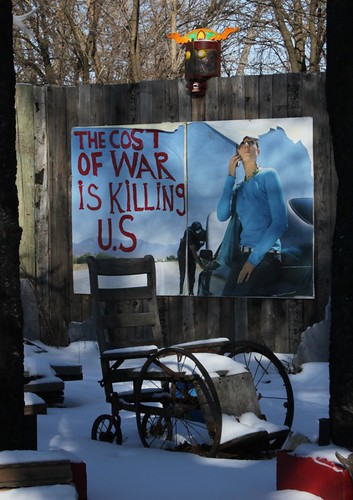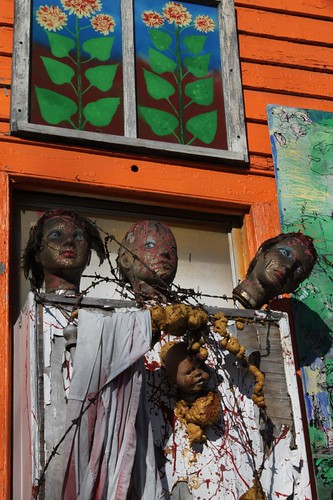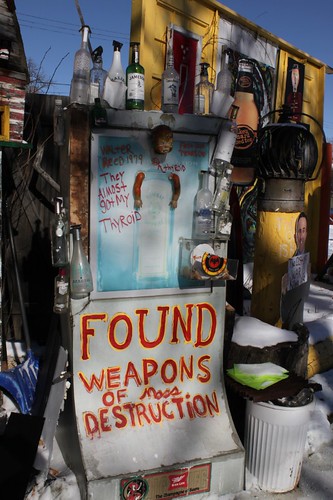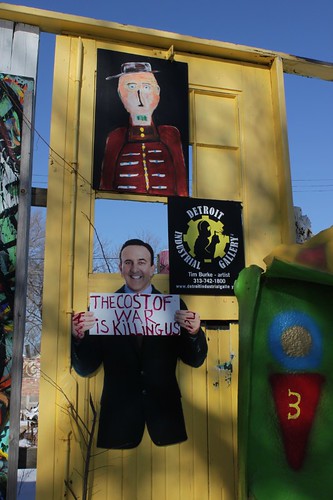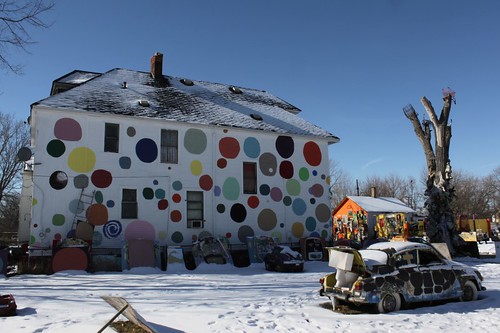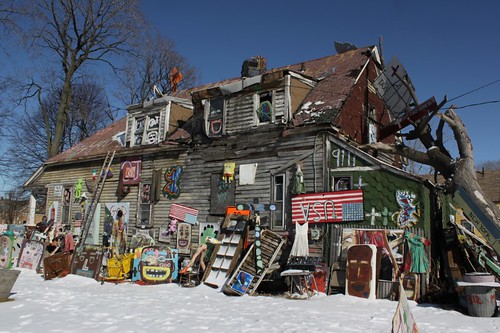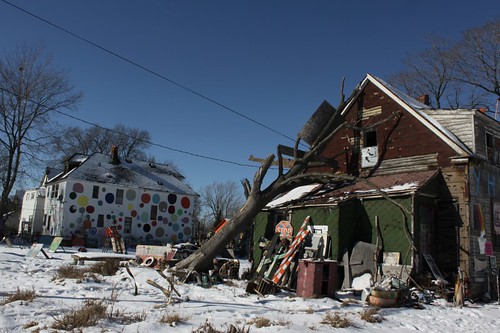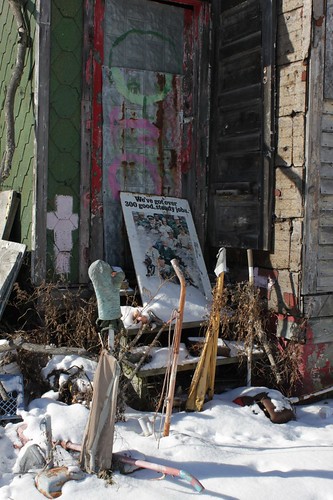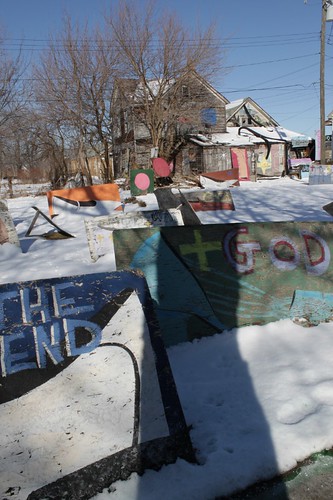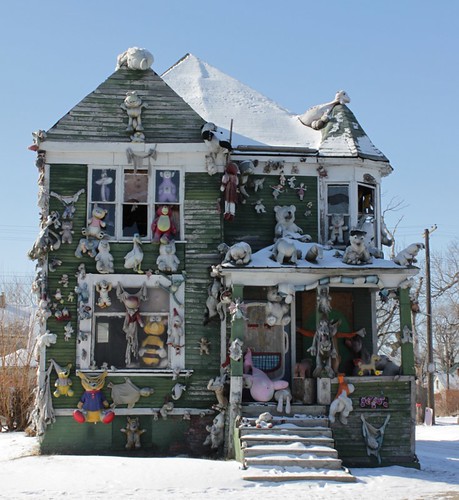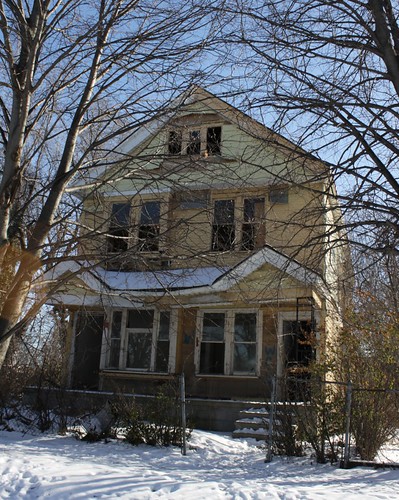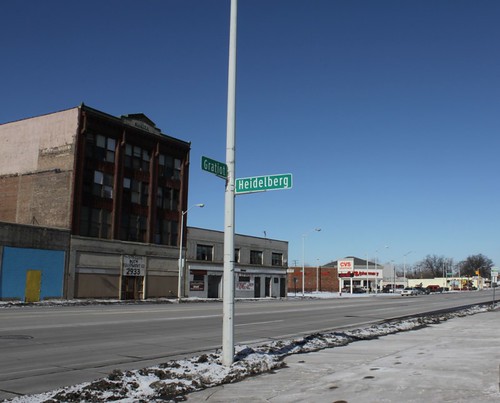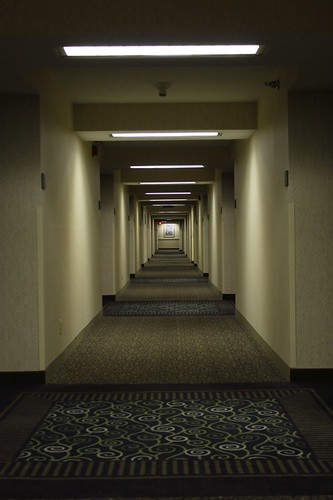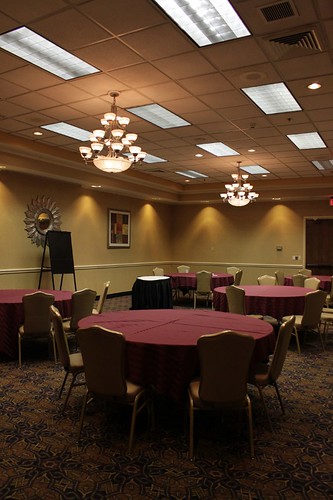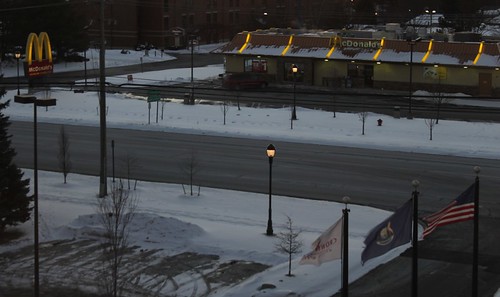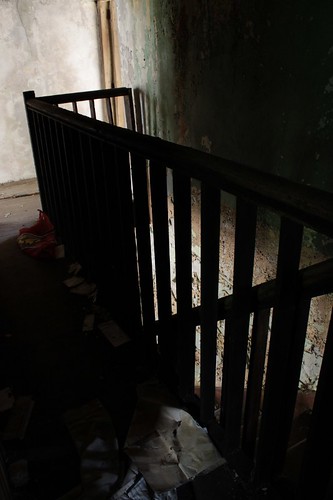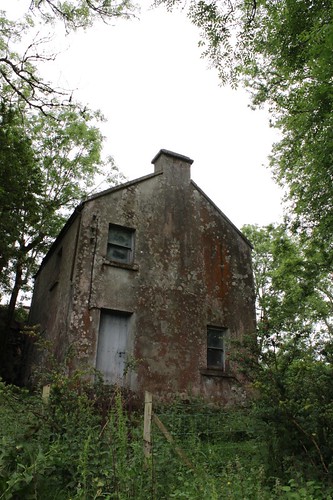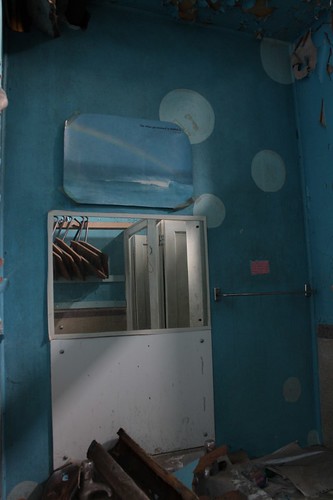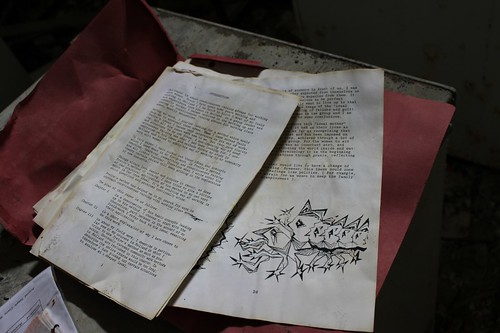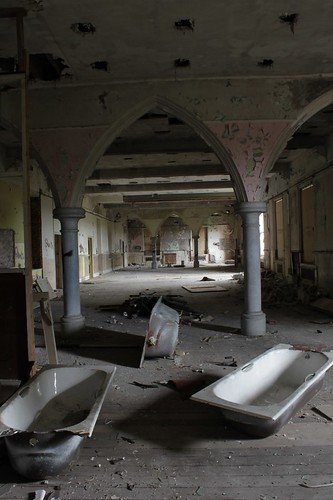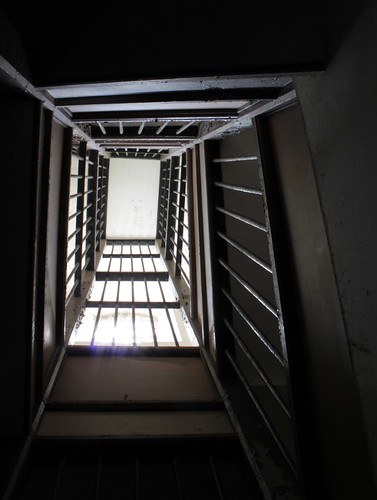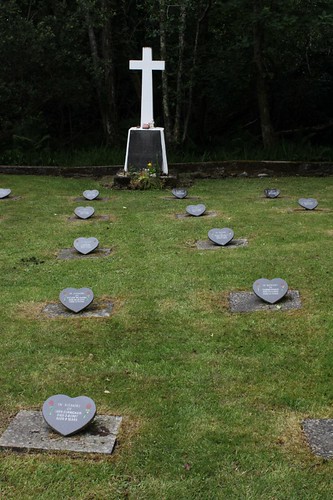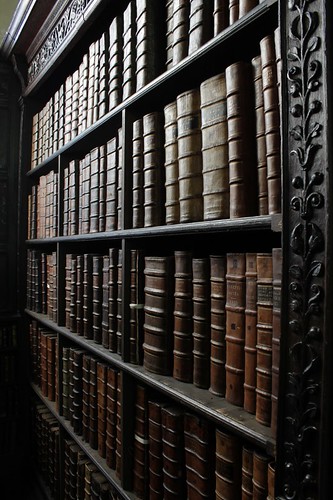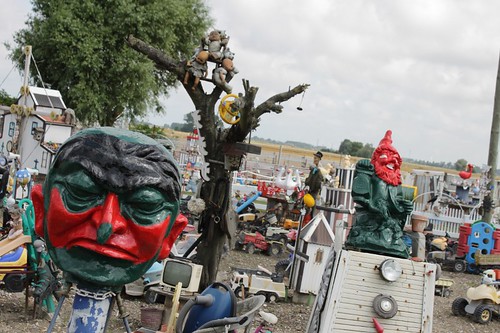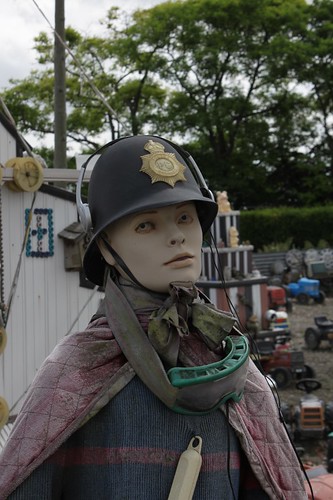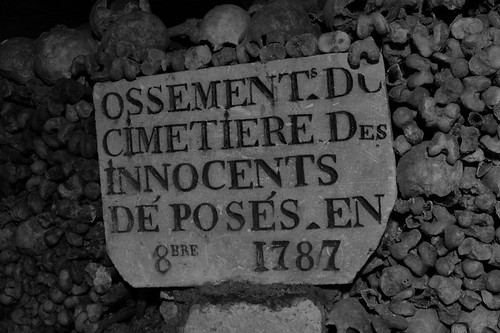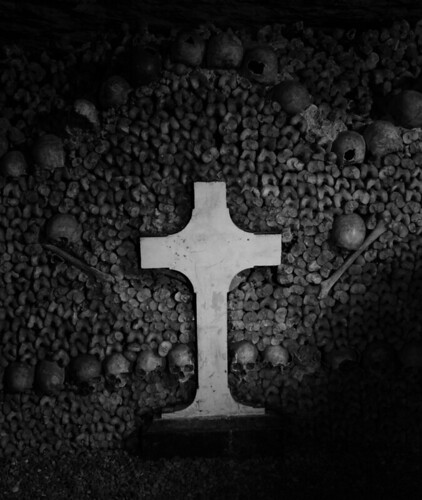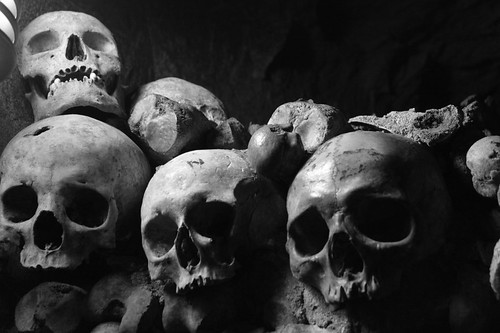September 2009
http://melaniemenardarts.wordpress.com/2009/09/13/my-background/
My background and practice in other media pre-MA
http://melaniemenardarts.wordpress.com/2009/09/13/my-project/
Project proposal as presented when applying to the MA
http://melaniemenardarts.wordpress.com/2009/09/20/the-ghost-house-project-map-urban-exploration-in-ireland/
The genesis of the Ghost House project
http://melaniemenardarts.wordpress.com/2009/09/23/the-ghost-house-project-urban-exploration-in-ireland-june-july-2009/
Map of location visited in Ireland Summer 2009
http://melaniemenardarts.wordpress.com/2009/09/27/how-to-pitch-my-project-%E2%80%93-space-and-consciousness-the-unpremeditated-%E2%80%93-surrealim-is-dead-anyway/
Trying to isolate key points of what I do for project proposal. Methodology issues: trying to make sense of working intuitively. Trying to make sense of what attracts me in other’s work.
October 2009
http://melaniemenardarts.wordpress.com/2009/10/04/psychogeography-in-popular-culture-%E2%80%93-rural-space-%E2%80%93-ambivalence-towards-the-city/
Psychogeography, concept and early practitionners.
http://melaniemenardarts.wordpress.com/2009/10/11/project-proposal-draft-1/
Project proposal draft 1. ‘Metaphysics of places’ and simulated madness in Surrealist practice.
http://melaniemenardarts.wordpress.com/2009/10/22/new-hall-college-guided-exploration/
Report of a ‘Psychogeography’ related art performance.
http://melaniemenardarts.wordpress.com/2009/10/24/cellar-door/
Photography practice experiment at my grandmother’s house.
http://melaniemenardarts.wordpress.com/2009/10/25/dadaderive/
Photography practice experiment: Dérive in Marcel Duchamp’s birthplace village.
November 2009
http://melaniemenardarts.wordpress.com/2009/11/03/project-proposal-draft-2/
Project Proposal draft 2.
http://melaniemenardarts.wordpress.com/2009/11/08/project-proposal-final-version/
Project Proposal Final version. Explicit reference to Surrealism has faded a bit. The core of the research now concerns the relationship between the artist and the audience via the artwork as a communication medium.
http://melaniemenardarts.wordpress.com/2009/11/23/a-filmmakers-guide-to-freaking-out-your-audience-1-sound-design/
How to use sound design in a moving image work to create specific feelings in the audience. This post will later inspire the research paper.
http://melaniemenardarts.wordpress.com/2010/01/05/a-filmmakers-guide-to-freaking-out-your-audience-part-2-camera-placement-and-editing/
How to use camera placement and editing in a moving image work to create doubt and confusion in the audience. This post will later inspire the research paper.
January 2010
http://melaniemenardarts.wordpress.com/2010/01/14/an-idea-of-home-the-photographerss-gallery/
Photographs selected for an online show by The Photographer’s Gallery.
http://melaniemenardarts.wordpress.com/2010/01/16/jerry-uelsmann/
Short presentation of the work of photographer Jerry Uelsmann.
http://melaniemenardarts.wordpress.com/2010/01/24/disciplinary-places/
Parallel theory: explanation of the concept of “Disciplinary Institutions” developed by Michel Foucault in “Discipline and Punish”. My practice: how this concept influenced my new photography and video project: “Disciplinary Institutions” started in summer 2009 for the MA.
http://melaniemenardarts.wordpress.com/2010/01/30/lars-tunbjork-and-small-town-sweden/
Presentation of the work of Swedish photographer Lars Tunbjörk, and how I feel his way of looking at his subjects reflects my own concerns.
February 2010
http://melaniemenardarts.wordpress.com/2010/02/05/cultural-blogging-in-europe-survey/
Cultural Blogging in Europe survey conducted by the European Cultural Foundation.
http://melaniemenardarts.wordpress.com/2010/02/07/new-post/
Presentation of work of photographer Paul Seawright.
http://melaniemenardarts.wordpress.com/2010/02/11/mark-ellis-protect-and-survive/
Presentation of work of photographer Mark Ellis. How the look of the photographs creates an uneasy ambiguity between documentary or fiction, and how I aim to achieve a similar effect in my own photographs.
http://melaniemenardarts.wordpress.com/2010/02/11/donovan-wylie-maze-prison-long-kesh-h-blocks/
Presentation of Donovan Wylie’s photographic series “Maze”. Reflection on the difficulty of creating artworks on a politically sensitive subject, because every little detail such as the choice of a word can spark unplanned controversy.
http://melaniemenardarts.wordpress.com/2010/02/11/new-topographics/
Presentation of the photographic work of the New topographics and Wim Wenders. Conclusion drawn from this post and the previous ones presenting other photographers: “I think what catches my eye in a documentary photograph is a cinematic look with dramatic lighting and colours that creates an ambiguous contrast with the unstaged nature of the scene.”
http://melaniemenardarts.wordpress.com/2010/02/19/the-womens-art-show-2010-basingstoke/
A photograph selected for the Women Art Show in Basinstoke.
http://melaniemenardarts.wordpress.com/2010/02/26/jacques-derrida-on-the-ghostly-nature-of-photography-and-film/
Jaques Derrida comments on the ghostly nature of photography and fim.
March 2010
http://melaniemenardarts.wordpress.com/2010/03/01/long-exposures-and-ghost-houses-norwich-arts-centre/
Photographs and video art in a joint exhibition in Norwich.
http://melaniemenardarts.wordpress.com/2010/03/10/ghost-house-video/
First edit of the Disciplinary Institutions and Ghost House videos, shot in summer 2009.
http://melaniemenardarts.wordpress.com/2010/03/13/photos-from-norwich-arts-centre-exhibition/
Photos from my joint exhibition at Norwich Arts Centre, showing how the work was laid out and displayed.
http://melaniemenardarts.wordpress.com/2010/03/26/ghost-house-video-at-last-friday-shorts-southend-on-sea-tonight/
Screening of a pre-MA work of video art at a festival in Southend on Sea.
April 2010
http://melaniemenardarts.wordpress.com/2010/04/07/ma-digital-arts-midpoint-review-presentation/
Mid Point Review Presentation. Where I explicitly express my concern in communicating with the audience on an intuitive level, not just an intellectual art criticism level, and try to devise an experiment to find out how the audience reacts to this aim.
http://melaniemenardarts.wordpress.com/2010/04/12/decode-digital-design-sensations-at-va/
Report of ‘Decode: Digital Design Sensations’ exhibition at the V&A museum.
http://melaniemenardarts.wordpress.com/2010/04/18/comments-on-my-work-for-mpr/
Comments from classmates on my Mid Point Review presentation.
http://melaniemenardarts.wordpress.com/2010/04/26/jane-louise-wilson/
Presentation of work of video artists Jane and Louise Wilson.
July 2010
http://melaniemenardarts.wordpress.com/2010/07/18/research-paper-abstract-draft/
First draft of the research paper abstract, focusing on the ambiguous nature of lens-based images, and to use use them to interact with the viewer on an intuitive/subconscious level.
September 2010
http://melaniemenardarts.wordpress.com/2010/09/11/canterbury-university-symposium-video-art-between-documentary-and-fiction/
Reading notes from the Canterbury University Symposium “Video art: between documentary and fiction”, that discussed lens-based images creating an awkward feeling of ambiguity regarding their documentary or staged nature, something I came to identify as a key concern in my practice.
http://melaniemenardarts.wordpress.com/2010/09/19/surrealism-photography-cinema/
Theoretical research on photography and cinema within Surrealist practice.
http://melaniemenardarts.wordpress.com/2010/09/27/history-and-theory-of-surrealism/
Surrealist art theory, studied through historical surrealist texts.
http://melaniemenardarts.wordpress.com/2010/09/27/walter-benjamin-on-surrealism-and-photography/
Walter Benjamin on Surrealism and Photography (historical critical theory).
http://melaniemenardarts.wordpress.com/2010/09/28/interesting-articles-from-%E2%80%9Cpapers-of-surrealism%E2%80%9D-journal/
Review of contemporary critical articles on Surrealism.
http://melaniemenardarts.wordpress.com/2010/09/28/the-concept-of-chronotope-and-its-relevance-to-cinema/
The Concept of Chronotope and its relevance to cinema (Critical theory).
http://melaniemenardarts.wordpress.com/2010/09/28/documentary-fiction-and-the-problem-of-truth/
Review of various critical articles discussing documentary, fiction and the problem of truth, which I identified as a key concern in my practice.
October 2010
http://melaniemenardarts.wordpress.com/2010/10/03/freud-the-uncanny-the-unconscious/
Reading notes of Freud’s ‘The Uncanny’ and ‘The unconscious’ (parallel theory). I am interested in psychoanalysis both because of its influence on Surrealism, and because of my interest in affecting my audience on an unconscious/intuitive level.
http://melaniemenardarts.wordpress.com/2010/10/06/critical-essays-on-david-lynchs-movies/
Review of lots of critical essays on David Lynch’s movies. David Lynch is one my key influences, I love the look and ambiguous atmosphere of his films, and share his concern with producing work that does not come with a ready-made explanation, that requires the audience to come up with their own explanation.
http://melaniemenardarts.wordpress.com/2010/10/06/carl-jung-his-theories-the-shadow/
Presentation of the psychoanalytical theories of Carl Jung (parallel theory). Particularly his concept of the Shadow because it came up in critical articles about David Lynch.
http://melaniemenardarts.wordpress.com/2010/10/09/jacques-lacan-the-symbolic-the-imaginary-the-real/
Presentation of the psychoanalytical theories of Jacques Lacan (parallel theory). These theories are rather obscure and clear sources are hard to find, therefore this piece is research probably contains many inaccuracies.
http://melaniemenardarts.wordpress.com/2010/10/13/deleuze-cinema/
Reading notes on Deleuze’s Cinema 1 and Cinema 2 (Critical theory).
http://melaniemenardarts.wordpress.com/2010/10/17/madness-and-cinema-patrick-fuery/
Reading notes from the book ‘Madness and cinema’ by Patrick Fuery, with discussion of some arguments.
http://melaniemenardarts.wordpress.com/2010/10/18/place-%E2%80%93-tacita-dean-jeremy-millar/
Reading notes from the book ‘Place’ by Jeremy Millar and Tacita Dean, which surveys different interpretation of the theme “Place” in contemporary art. I found a few relevant critical quotes and artists whose practice is similar to mine. Further iconographic research on these artists.
http://melaniemenardarts.wordpress.com/2010/10/18/video-art-%E2%80%93-sylvia-martin/
Reading notes from the book ‘Video Art’ by Sylvia Martin, and further iconographic research on artists relevant to my practice.
http://melaniemenardarts.wordpress.com/2010/10/22/film-noir-sartre-on-the-fantastic-lost-highway-mulholland-drive/
Various reading notes on critical theory loosely linked to David Lynch. Focussing on the genre of Film Noir and introducing the concept of the modern condition as a labyrinth via Sartre.
December 2010
http://melaniemenardarts.wordpress.com/2010/12/14/random-quotations/
Various quotations relevant to my concerns on place, cinema and art.
http://melaniemenardarts.wordpress.com/2010/12/14/all-sources-for-mental-space-the-concept-in-general/
Long post containing full reading notes from all books read for the research paper concerning the concept of ‘mental space’ in general.
http://melaniemenardarts.wordpress.com/2010/12/14/all-sources-for-mental-space-in-lost-highway/
Long post containing full reading notes from all books read for the research paper concerning the concept of ‘mental space’ as present in David Lynch’s “Lost Highway”.
http://melaniemenardarts.wordpress.com/2010/12/14/all-sources-for-mental-space-in-stalker/
Long post containing full reading notes from all books read for the research paper concerning the concept of ‘mental space’ as present in Andrei Tarkovsky’s “Stalker”.
http://melaniemenardarts.wordpress.com/2010/12/14/all-sources-for-mental-space-in-last-year-in-marienbad/
Long post containing full reading notes from all books read for the research paper concerning the concept of ‘mental space’ as present in Alain Resnais’ “Last year in Marienbad”.
http://melaniemenardarts.wordpress.com/2010/12/14/research-paper-directors-cut/
Link to submitted version of research paper. Removed sections presented for information, along to discussion as to why they were edited out. General criticism of my paper, what I feel I could have done better and why I did not actually manage to do so.
January 2011
http://melaniemenardarts.wordpress.com/2011/01/11/my-blog-yearly-statistics-provided-by-wordpress/
Statistics of visitors to my blog, and discussion of what people seem to find useful on it and why.
The following posts were written ‘late’, that is they present research and practical work that I had done all through Unit 1 but had never blogged about.
http://melaniemenardarts.wordpress.com/2011/01/16/relational-aesthetics/
Reading notes from Nicolas Bourriaud’s “Relational Aesthetics” and discussion.
http://melaniemenardarts.wordpress.com/2011/01/16/camera-lucida-roland-barthes/
Reading notes from Roland Barthes’ “Camera Lucida” and discussion.
http://melaniemenardarts.wordpress.com/2011/01/17/surreal-friends-leonora-carrington-remedios-varo-kati-horna/
Review of Exhibition ‘Surreal Friends’ featuring Leonora Carrington, Remedios Varo and Kati Horna.
http://melaniemenardarts.wordpress.com/2011/01/17/myth-manners-and-memory-photographers-of-the-american-south/
Review of Exhibition ‘Myth, Manners and Memory: Photographers of the American South’.
http://melaniemenardarts.wordpress.com/2011/01/20/ghost-house-video-at-electrofringe-festival-australia/
Ghost House video shown at a video art festival in Australia.
http://melaniemenardarts.wordpress.com/2011/01/20/festive-spirit-photographs/
Photography experiment inspired by Lars Tunbjörk.
http://melaniemenardarts.wordpress.com/2011/01/20/ghost-house-ii-2-selected-for-royal-west-of-egland-academy-open-photography-2011/
A photograph selected for the RWA Open photography exhibition 2011.
http://melaniemenardarts.wordpress.com/2011/01/20/ghost-towns-in-the-usa-detroit-and-new-orleans/
Review of an article about Ghost towns in the USA (Detroit and New Orleans), their link to ‘disaster capitalism’ and their status of contemporary icons.
http://melaniemenardarts.wordpress.com/2011/01/21/ruskins-concept-of-illth/
John Ruskin’s concept of illth.
http://melaniemenardarts.wordpress.com/2011/01/21/flaneur-vs-derive/
Comparing the concepts of ‘flâneur’ (decadent and surrealist) and ‘dérive’ (situationist).
http://melaniemenardarts.wordpress.com/2011/01/21/robert-polidori/
Robert Polidori, his visual style and philosophy, and why I feel my own photography work shares similar concerns.
http://melaniemenardarts.wordpress.com/2011/01/24/sarah-turner-perestroika/
Sarah Turner’s film ‘Perestroika’, dealing with memory, truth/fiction and psychogeography.
http://melaniemenardarts.wordpress.com/2011/01/30/photographs-from-the-catacombes-of-paris-december-2010/
Preview pictures from the Catacombes of Paris, where I shot photographs and videos in December 2010.
http://melaniemenardarts.wordpress.com/2011/01/30/le-jardin-aux-jouets-raw-art-house-in-gravelines-59-france
Documentary pictures of a Raw Art House in Gravelines, 59, France.
http://melaniemenardarts.wordpress.com/2011/01/30/st-johns-college-library-cambridge/
Photographs taken at St John’s College Library, Cambridge. Architectural Photography experiment.
http://melaniemenardarts.wordpress.com/2011/01/31/ghost-house-and-disciplinary-institutions-continued-during-summer-2010/
Preview of places visited in Ireland during Summer 2010, where I shot further photographs and video footage for the ‘Ghost House’ and ‘Disciplinary Institutions’ projects.
http://melaniemenardarts.wordpress.com/2011/01/31/detroit-street-photography/
Street photography in Detroit, Michigan.
http://melaniemenardarts.wordpress.com/2011/01/31/detroit-the-heidelberg-project/
Photographs from the Heidelberg Project, an outdoor Raw Art environment in a Detroit neighborhood.

